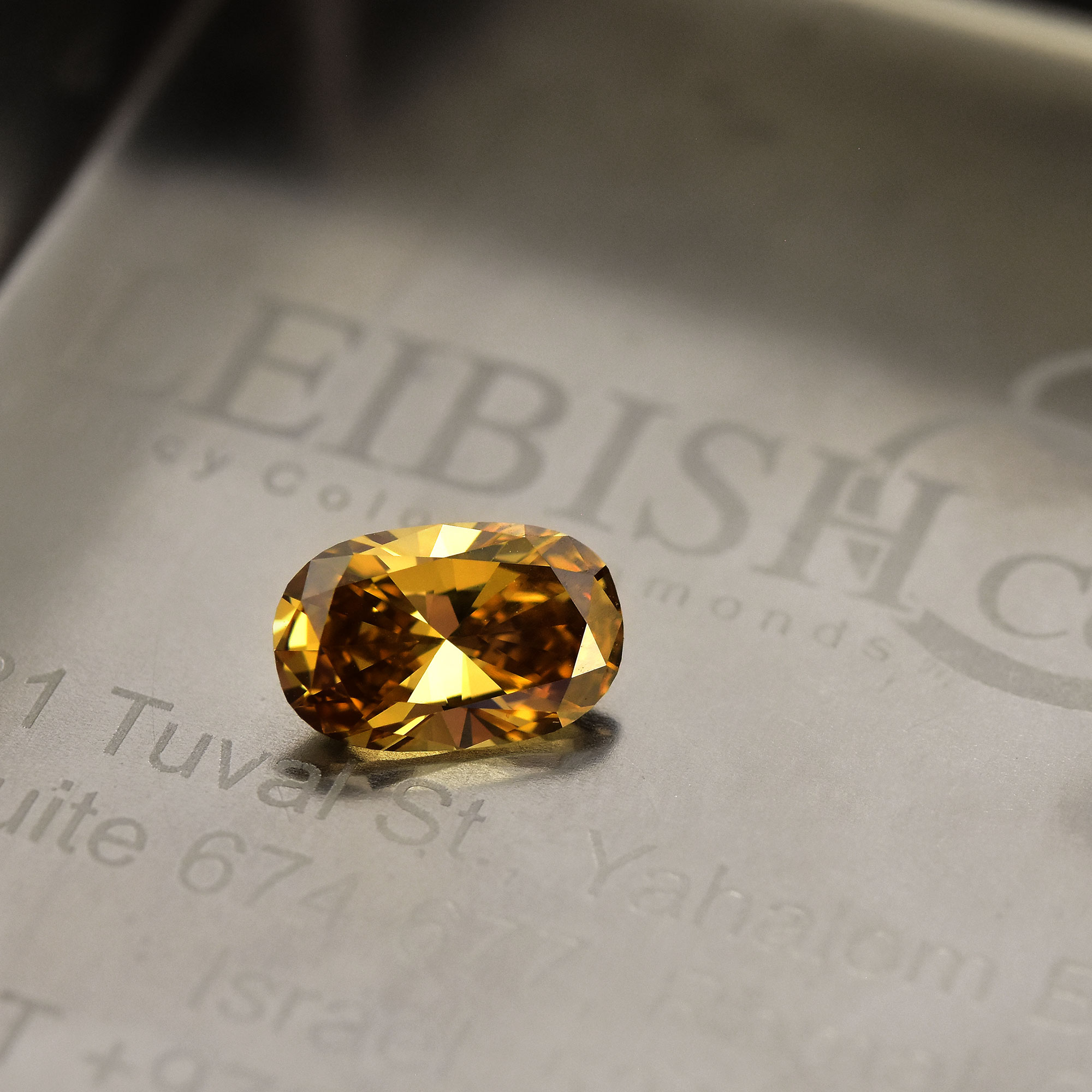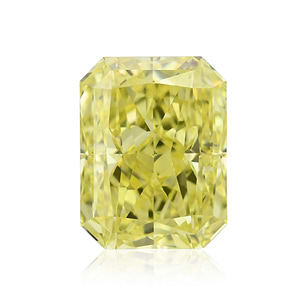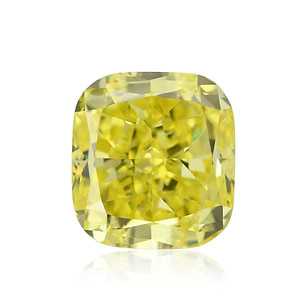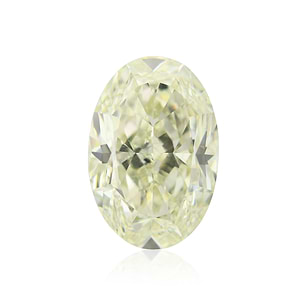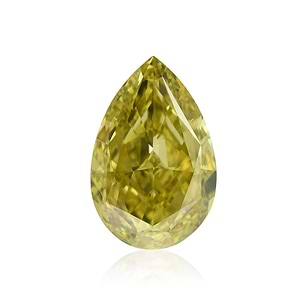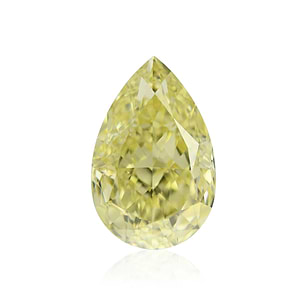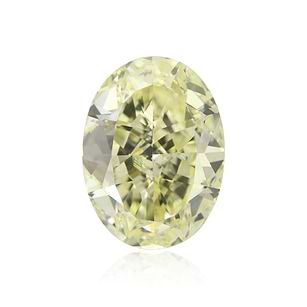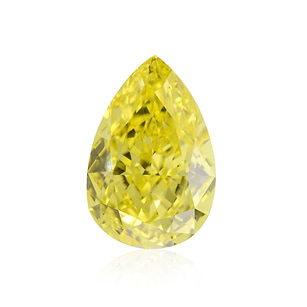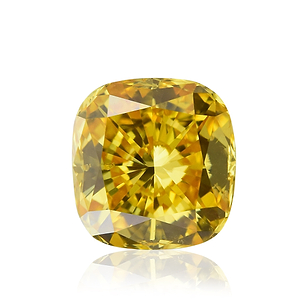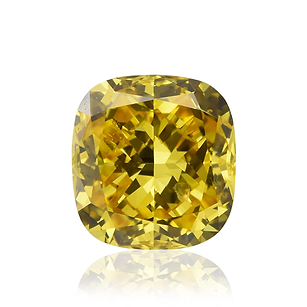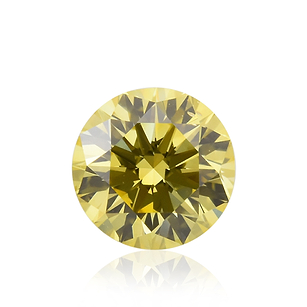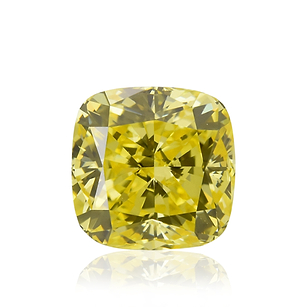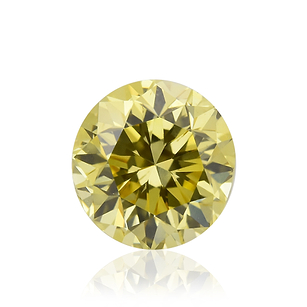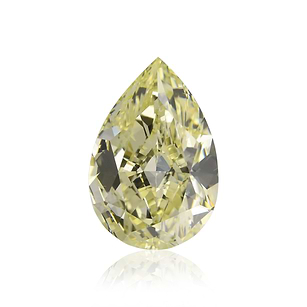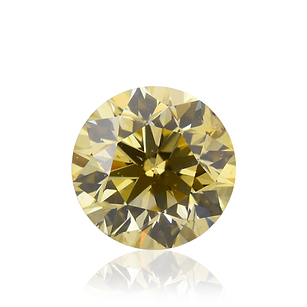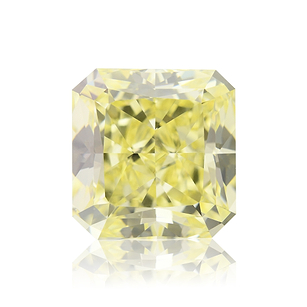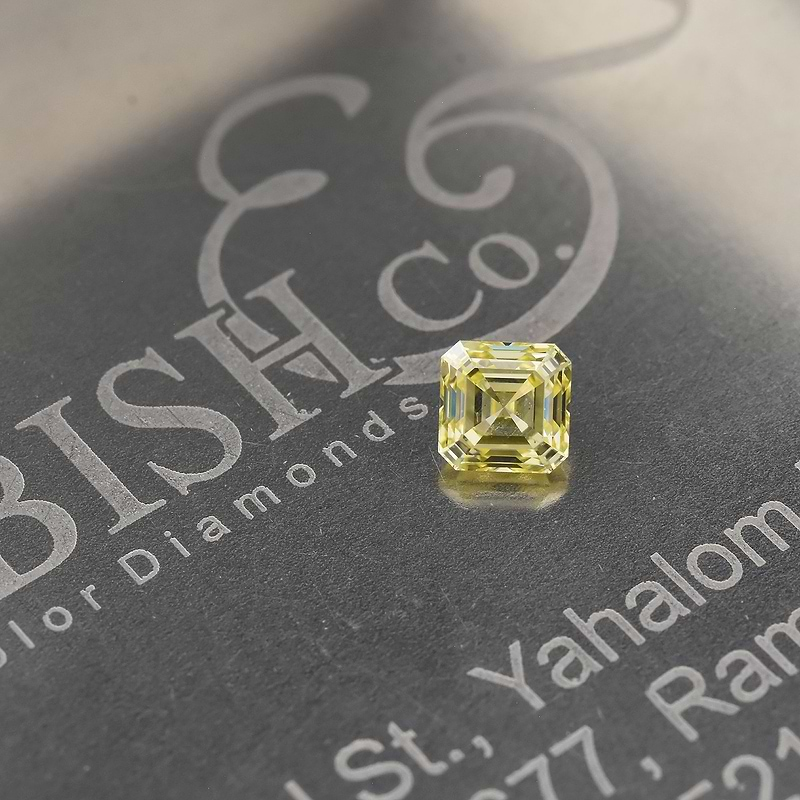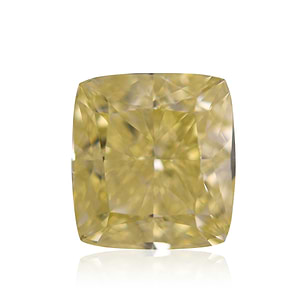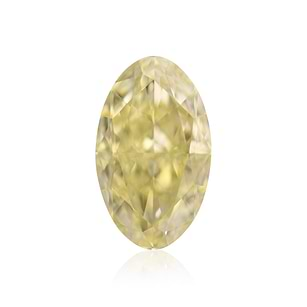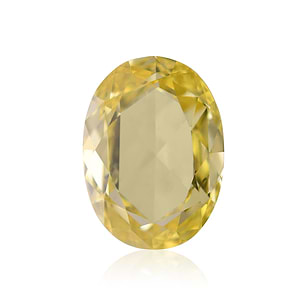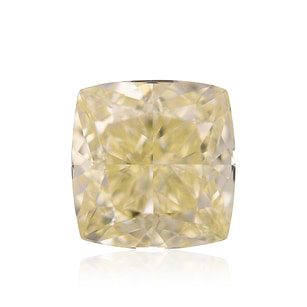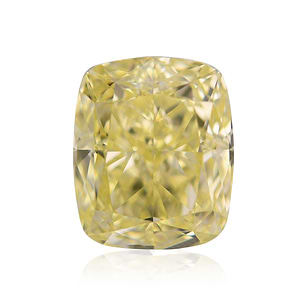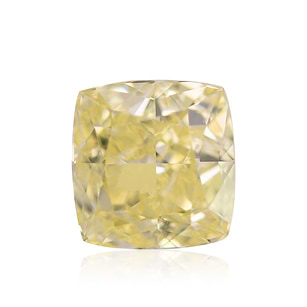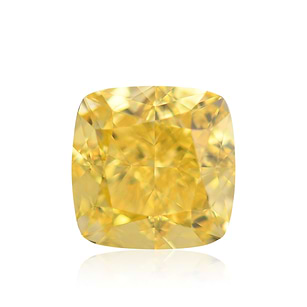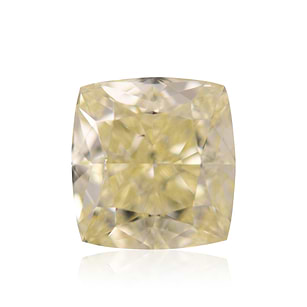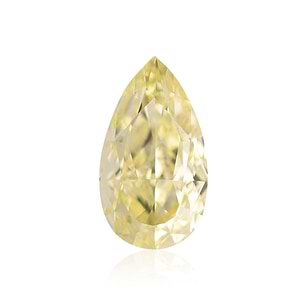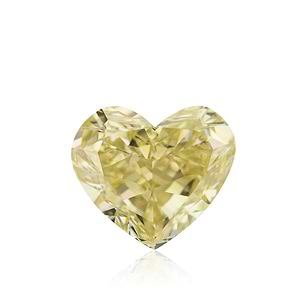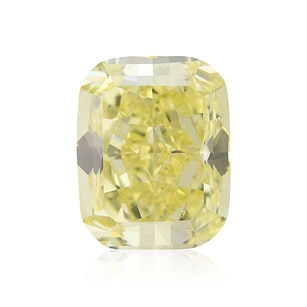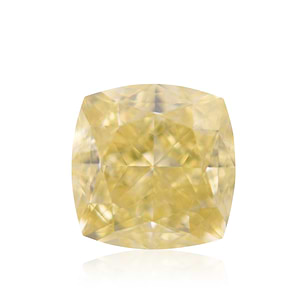Yellow Diamonds
LEIBISH is a renowned expert in fancy color diamonds, with a particular focus on rare and unique natural yellow diamonds, including highly sought-after canary diamonds. Their collection of f... ine yellow diamond jewelry is unparalleled, offering exquisite pieces that showcase the beauty and rarity of these gems.Read More
FAQ's about yellow diamonds
What are Yellow Diamonds?
Are yellow diamonds real?
How are Yellow Diamonds Made?
What are Yellow Diamonds Called?
Where do Yellow Diamonds Come From?
Where are yellow diamonds mined?
Are Yellow Diamonds More Expensive than Colorless Diamonds / White Diamonds?
Are Yellow Diamonds Cheaper Than Other Diamonds?
Why are Yellow Diamonds so Expensive?
Are Yellow Diamonds Rare?
Which Yellow Diamonds are There?
How much are yellow diamonds worth?
Yellow Diamonds vs. Colorless Diamonds?
What Makes a Diamond Yellow?
How to buy yellow diamonds?
POPULAR ARTICLES View more articles

Over 200 carats of rough were removed from the stone to create a beautiful light-yellow,...

What are Yellow Diamonds, Are Yellow Diamonds Expensive and More FAQ
Yellow diamonds currently possess the highest market demand of all other colored diamonds...
.jpg)
Well, here we are—savoring the first few days of 2025. We should congratulate ourselves...
